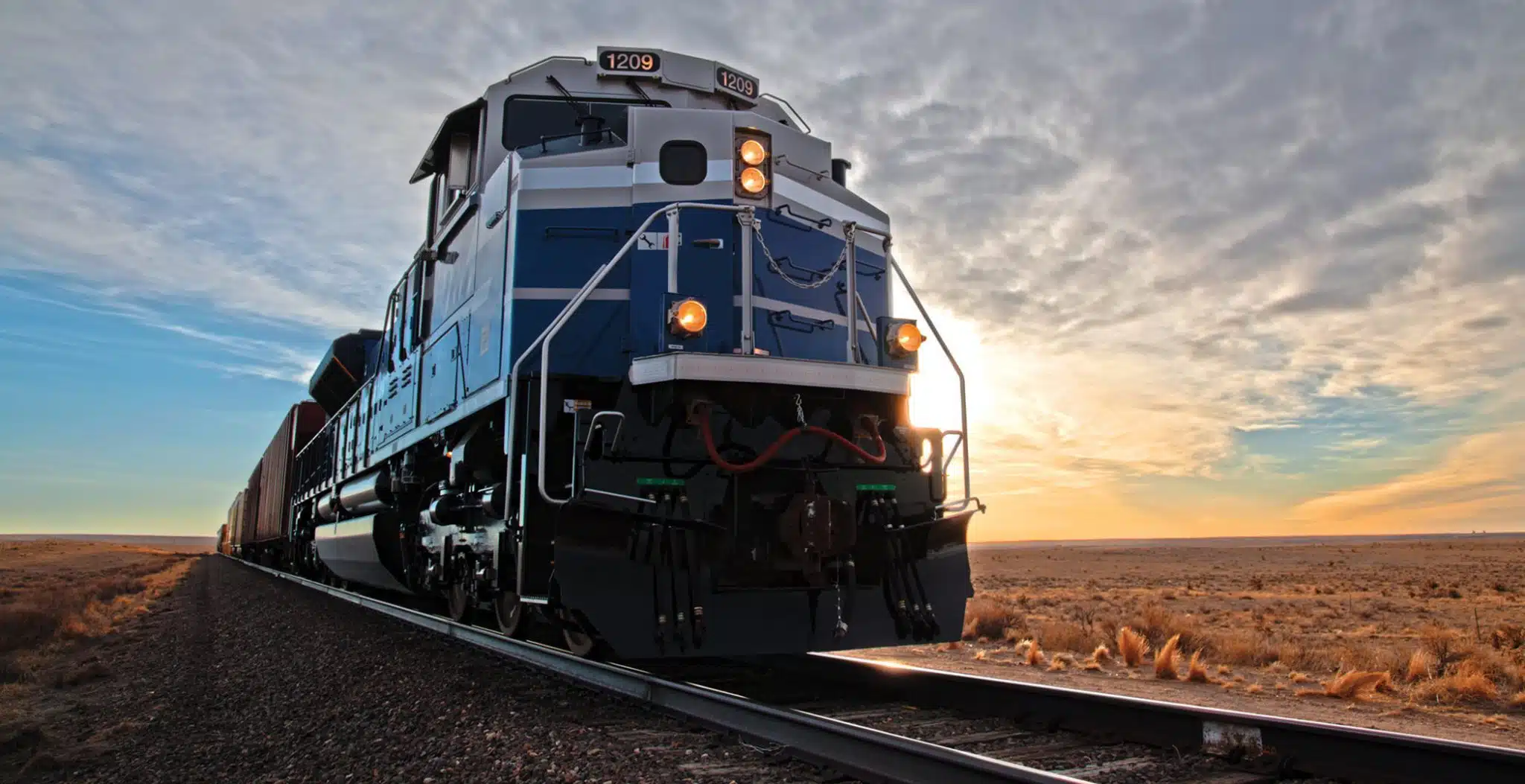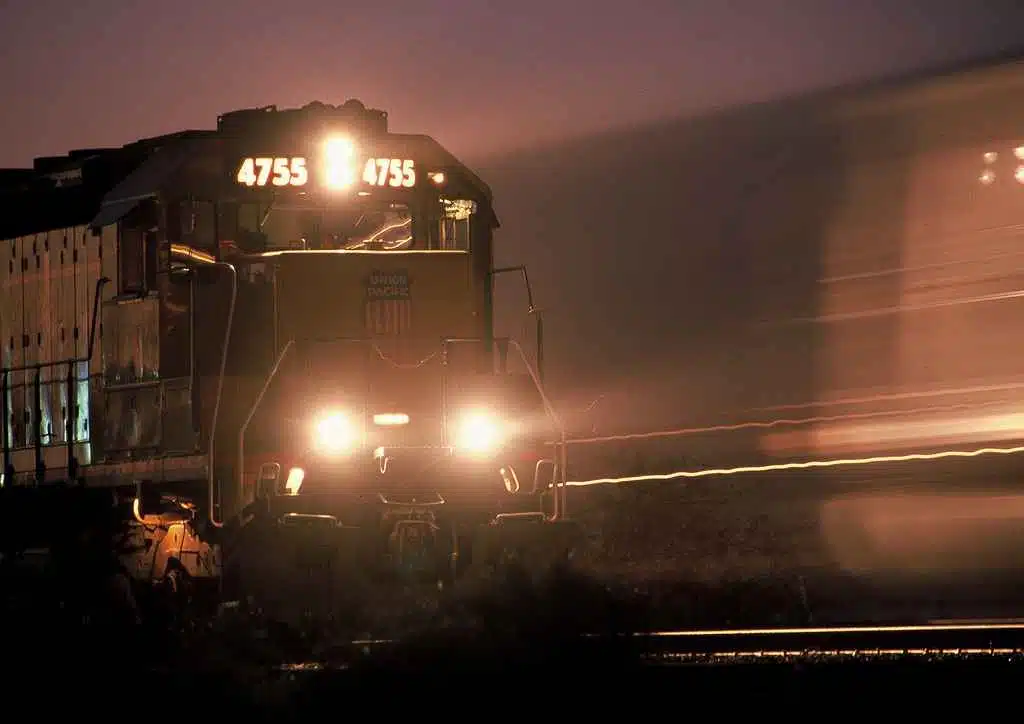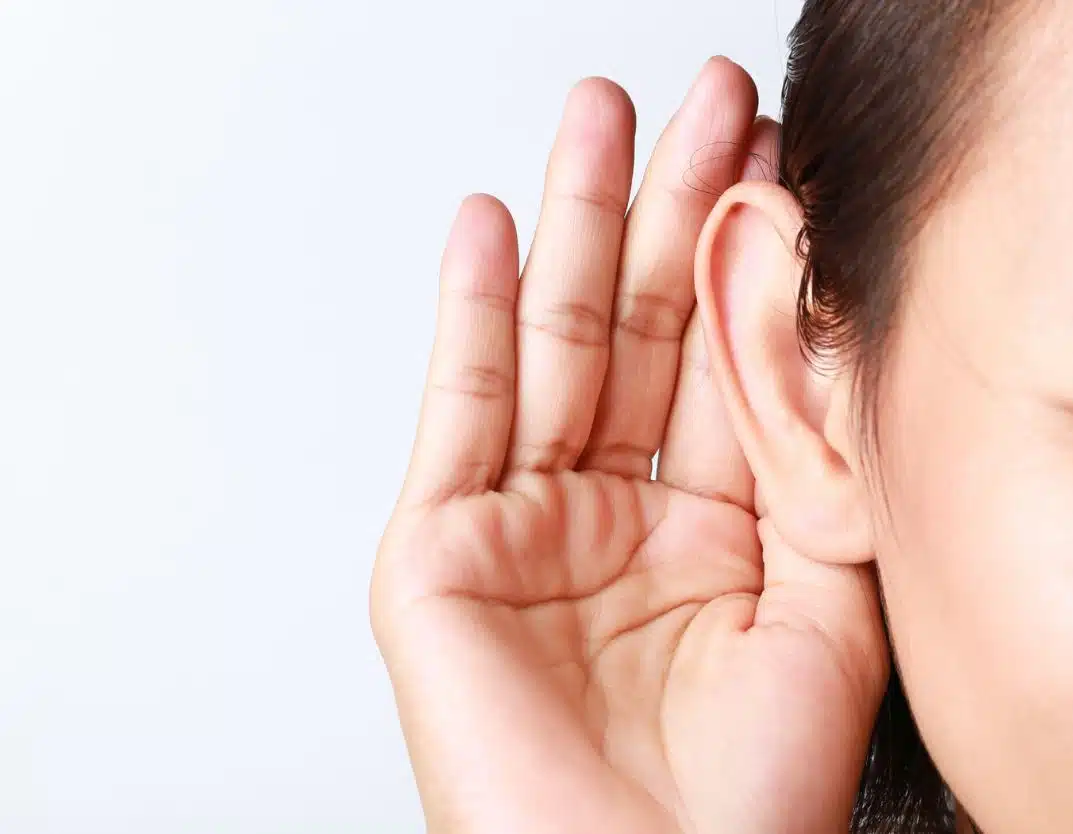While the number of crossing collisions, deaths and injuries has dropped over the past five decades, it’s still a startling fact that about every three hours in the U.S., a person or vehicle is hit by a train.
There are countless reasons never to walk, run or play on rail tracks and rail property. Most people don’t know it can take more than a mile to stop a train — the equivalent of about 18 football fields. That makes it difficult, if not impossible, for a train to stop if someone is on the tracks. Trains are also deceptively quiet. Even when standing on a rail platform, it is unlikely a commuter will hear one approach, especially if wearing headphones. Pedestrians are not the only ones who need to be careful, drivers also need to play it safe behind the wheel at rail crossings. The force of a train hitting a car is equivalent to that of a car hitting a soda can.
We Can All #StopTrackTragedies
Ninety-five percent of rail-related deaths involve drivers going through grade crossings or a person on the tracks — and with safe driver and pedestrian behavior, most of these are preventable. This isn’t just another statistic number; it represents our friends, our family, our neighbors and our community members. We all have a role to play in preventing these accidents, and everyone has a responsibility to be safe around railroad tracks.
That’s why railroads reach out to communities, with rail safety education at the heart of this effort. From providing lesson plans and educational toolkits to teachers and conducting on-campus visits for college students to meeting with community leaders and law enforcement, railroad employees are active in the neighborhoods where they work and live, sharing their rail safety knowledge.
Railroads also support Operation Lifesaver Inc. (OLI), a non-profit public safety education and awareness organization that has helped eliminate risky behavior around rail tracks and crossings since 1972. OLI reaches millions of people each year through safety presentations, training sessions, social media and special events held nationwide. OLI maintains a host of online safety tools available for parents, photographers, bus drivers, new drivers, bikers and more. OLI, together with freight, passenger, commuter railroads and federal safety agencies, launched the “See Tracks? Think Train!” public safety campaign. In 2017, OLI inaugurated National Rail Safety Week.
The Power of Virtual Reality
Railroads and their safety partners are becoming increasingly creative in making sure their safety messages are seen and heard. OLI in Canada provides free virtual reality training to first responders as well as an immersive “Look. Listen. Live” campaign, which viscerally shows the dangers of unsafe rail behavior. Thanks to efforts like these, collisions and incidents involving pedestrians, vehicles and trains have declined in recent years. Railroads will continue their many efforts to promote safe behavior around rail tracks and crossings to reduce these incidents, but they cannot do it alone; we all have a role to play.
9 Safety Tips








